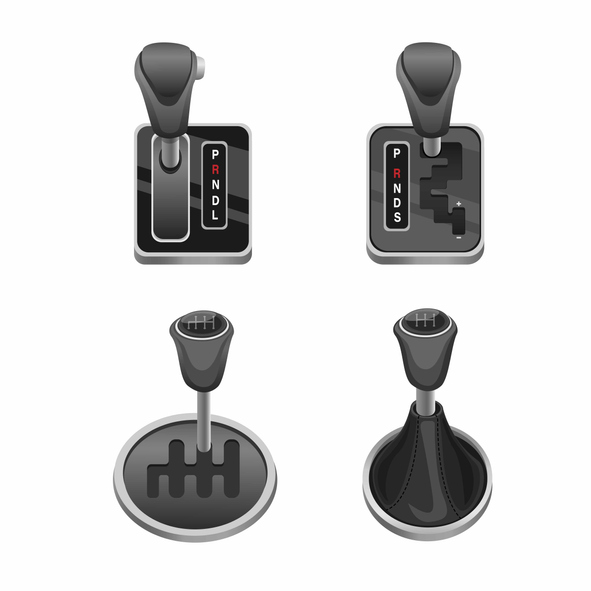5 Things You Should Know About Manual Transmissions if You’re Interested in Auto Technology

Vehicles with manual transmissions, also known as stick shift or standard vehicles, are often the model of choice for those who want a vehicle with a more interactive and controlled driving experience. Manual transmissions differ in many ways from automatic transmissions.
For those interested in auto technology, it’s important to know how a manual transmission functions, as well as the benefits that come with it. Here are five things to know about manual transmissions if you’re interested in becoming an auto mechanic.
Those Interested in Auto Technology Should Know How a Manual Transmission Functions
Manual transmissions are different from automatic transmissions in that the driver actively shifts from gear to gear. Manual transmission cars have shifters with 5-7 forward shift gears in addition to a reverse gear, which are shifted between using a clutch pedal. These gears within the transmission control the vehicle’s speed and torque in tandem with the engine’s speed and torque. The higher the gear number, the greater the distance per engine revolution travelled. Those in auto repair programs may already know that an automatic vehicle is different because their shifters are typically simplified with only four settings; park, reverse, neutral, and drive. Thus, cars with automatic transmissions are typically easier for beginner drivers to maneuver.

Manual Transmission Vehicles Are Often Simpler for Auto Technology Pros to Maintain
Automatic cars often require more frequent filter and fluid changes, as well as general upkeep. Manual transmission vehicles, on the other hand, are less likely to require such frequent upkeep. This is because in automatic transmission cars, the transmission is more complex due to the fact that gears switch automatically and intuitively rather than because of the driver. The engines of automatic cars have more added parts, increasing the number of things that could go wrong. Additionally, in automatic cars, the slippage of the torque converter can result in high fluid temperatures, warranting more frequent changes. Because transmissions on manual cars are simpler, an auto parts specialist will typically encounter less maintenance and repairs with manual transmissions.

There Are Two Types of Manual Transmissions
Manual transmissions come in two different types, the sliding-gear type and the constant-mesh type. The sliding gear was the first model of manual transmission and is no longer in use, and is differentiated by the fact that when the transmission is in neutral, nothing is turning apart from the cluster gear and the primary drive gear. This design didn’t allow for the driver to mesh another gear until it had unmeshed the original gear, heightening the possibility of gear clash as all the gears rotated at different rates. Unlike the sliding gear, the gears of the constant mesh type, used in all manual transmissions today, are not secured to the shaft but are able to rotate freely. These gears turn even when the vehicle is in neutral, enabling the mainshaft gears to be in continuous mesh with the cluster gears.
If You’re Driving in Bad Weather, You May Prefer a Manual Transmission
Manual transmission vehicles are often better equipped for conditions such as snow, mud, or ice. This is because the driver can control the vehicle to a greater degree by downshifting in order to gain traction, whereas in an automatic car, the driver has less control of the vehicle when going over patches of ice or snow. Because of the enhanced control and driver engagement that a manual transmission entails, manual vehicles can be safer and more responsive in bad conditions.
Manual Transmissions Are, Sadly, Decreasing in Popularity
While manual transmissions are still typically found in sports cars and are more common in older models, today, the demand for cars with manual transmissions is declining as automatic transmission technology improves. As of 2013, only 5% of cars sold in Canada had a manual gearbox. Choices for manual vehicles are becoming more limited as drivers opt for easy-to-use vehicles, and time will tell what the future holds for the manual transmission vehicle.
Are you interested in auto technology?
Check out ATC Toronto’s auto mechanic training program options today.

